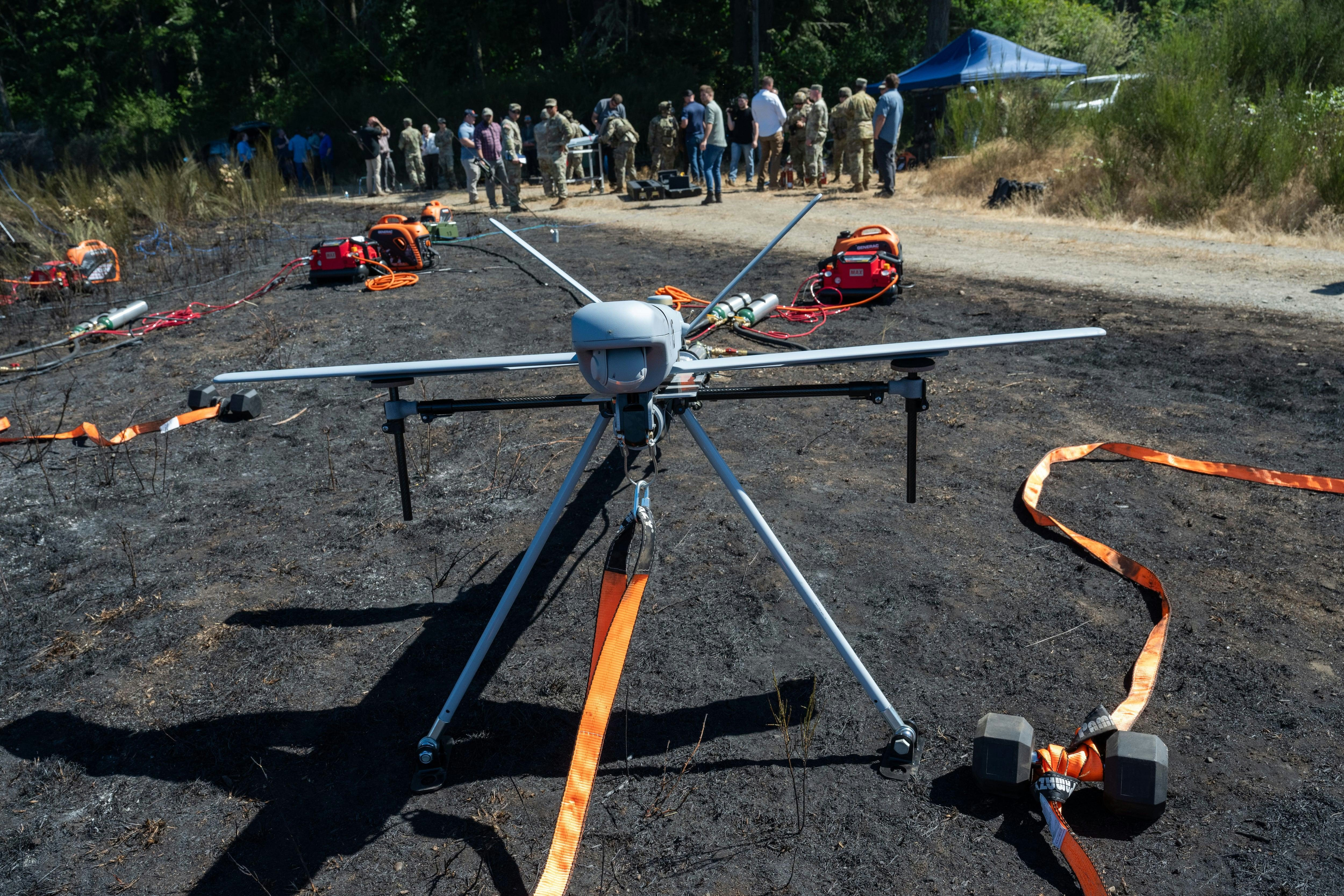
AeroGenie — Your Intelligent Copilot.
Trending
Categories
Students Develop Giant Airbags to Improve Aircraft Crash Survival Using AI

Students Develop Giant AI-Powered Airbags to Enhance Aircraft Crash Survival
Two engineering students from the Birla Institute of Technology and Science in Dubai have introduced an innovative safety system designed to improve survival rates in aircraft crashes. Their project, named REBIRTH, features AI-driven external airbags that deploy rapidly to protect the fuselage during an imminent crash. This pioneering concept has been shortlisted for the prestigious James Dyson Award, which honors groundbreaking innovations worldwide.
Inspiration and Development of Project REBIRTH
The impetus for Project REBIRTH arose from the tragic crash of Air India Flight 171 in June 2025, when a Boeing 787-8 Dreamliner went down shortly after takeoff in Ahmedabad, resulting in the loss of 241 lives. One of the inventors, Eshel Wasim, recounted the emotional impact of the disaster: "After the crash, my mother couldn't sleep. She kept thinking about the fear the passengers and pilots must have felt, knowing there was no way out. That helplessness haunted us. Why isn't there a system for survival after failure?" Motivated by this tragedy, Wasim and his colleague Dharsan Srinivasan set out to create a system that could offer passengers a chance to survive even in catastrophic failures.
Project REBIRTH employs artificial intelligence to continuously monitor critical flight parameters, including altitude, speed, engine performance, fire detection, direction, and pilot inputs. When the system determines that a crash is unavoidable below 3,000 feet, it triggers the deployment of massive airbags within two seconds. These airbags emerge from the nose, belly, and tail sections of the aircraft, enveloping the fuselage in a protective cocoon designed to absorb impact forces and enhance survivability.
In addition to the airbags, the system incorporates reverse thrust or gas thrusters to slow the aircraft’s descent and stabilize its trajectory. The interior is equipped with impact-absorbing fluids behind walls and seats, which remain soft during flight but instantly harden upon impact to mitigate injuries. Importantly, the design is intended to be compatible with both new aircraft models and existing fleets, facilitating broader adoption.
Challenges and Industry Context
Despite the promise of Project REBIRTH, integrating such a radical safety innovation into commercial aviation presents significant challenges. The aviation sector is subject to stringent regulatory oversight, and any new technology must undergo rigorous evaluation before approval. The broader regulatory environment for AI technologies is also complex, as evidenced by ongoing antitrust scrutiny faced by major technology companies like Meta. These factors underscore the difficulties innovators encounter when introducing AI-driven solutions in highly regulated industries.
Market dynamics further complicate the path forward. While the AI sector is experiencing rapid expansion, some analysts caution about a potential bubble, which could impact investment flows into ambitious projects like REBIRTH. Established aerospace manufacturers may respond by accelerating their own AI-based safety developments, intensifying competition in the race to enhance flight safety.
Historically, AI advancements in aviation have tended toward incremental improvements rather than transformative leaps. This trend may temper expectations regarding the speed and scale at which a system as novel as REBIRTH could be adopted across the industry.
Future Prospects
Wasim and Srinivasan aim to collaborate with aerospace laboratories to conduct crash sledge and wind tunnel testing, essential steps toward validating their concept. Although no definitive timeline has been announced for real-world trials, their objective remains to see REBIRTH tested, certified, and ultimately implemented on commercial aircraft.
Should they win the James Dyson Award on November 5, the team will receive over $40,000 in prize money and support to establish their company. However, the inventors emphasize that their primary motivation is the potential to save lives rather than personal recognition. "This competition is our first step in bringing our vision forward — not for fame, but with the hope that one day, it may help save lives when all else fails," they stated.

United Airlines Flight Returns to Dulles After Engine Failure on Takeoff

United Airlines flight makes emergency landing at Dulles after engine failure

The Impact of the New Air Force One’s Delayed 2028 Arrival on Aviation and Travel

United Airlines Restarts Controversial AI Scheduling for Flight Attendants
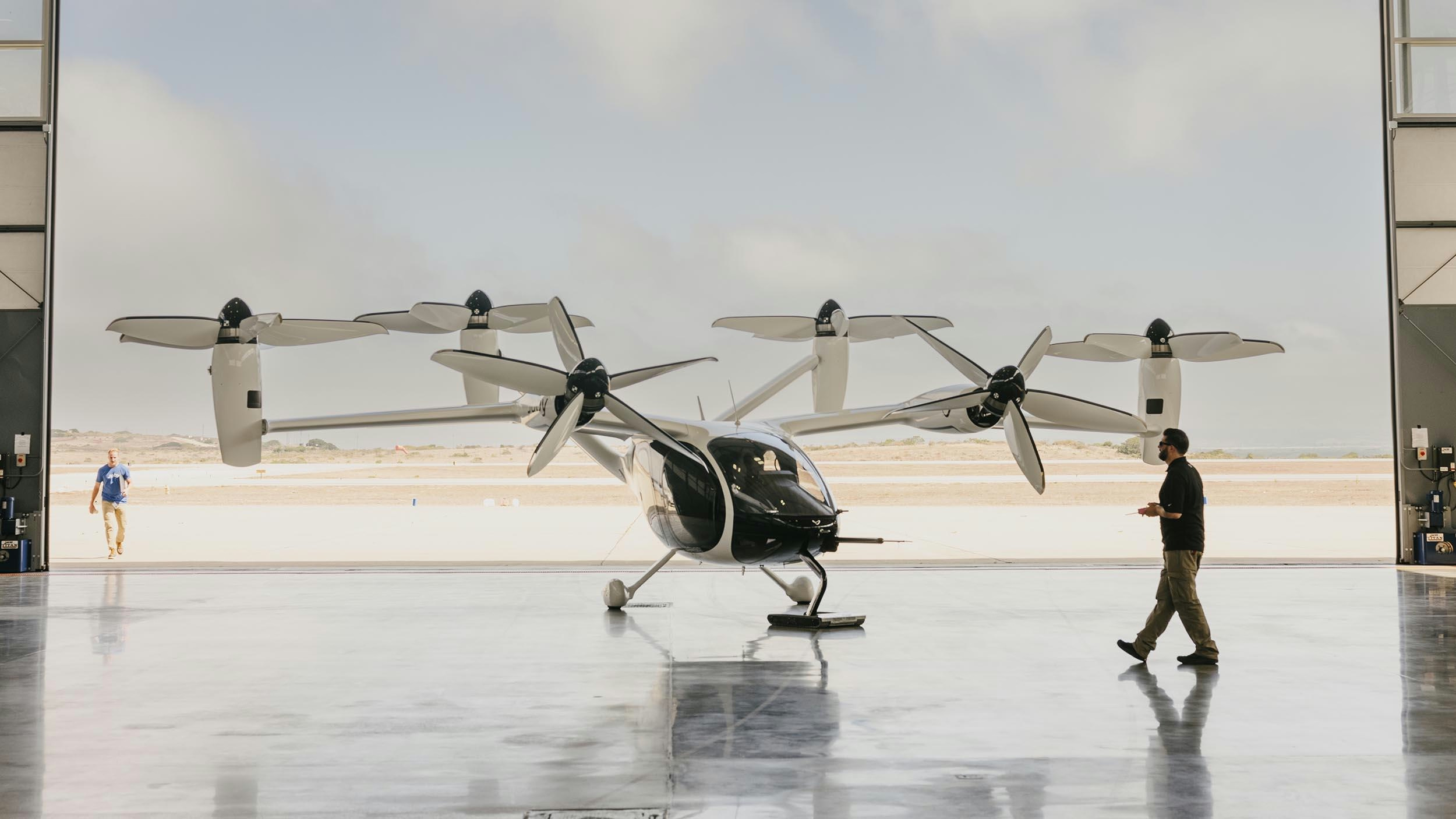
Joby Aviation’s Air Taxis Poised to Change Urban Travel and Tourism
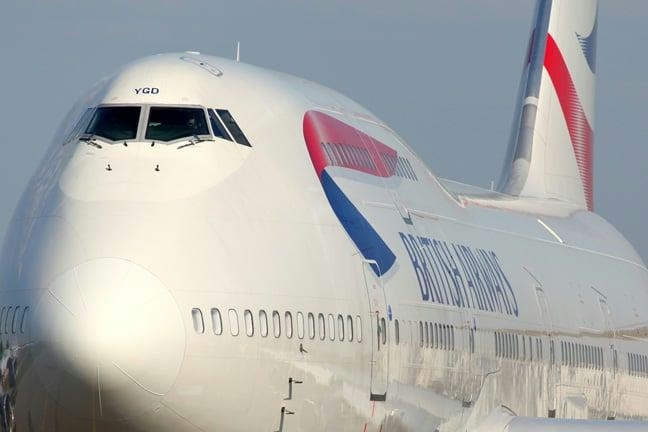
BA Chief Warns AI Agents May Diminish Brand Visibility
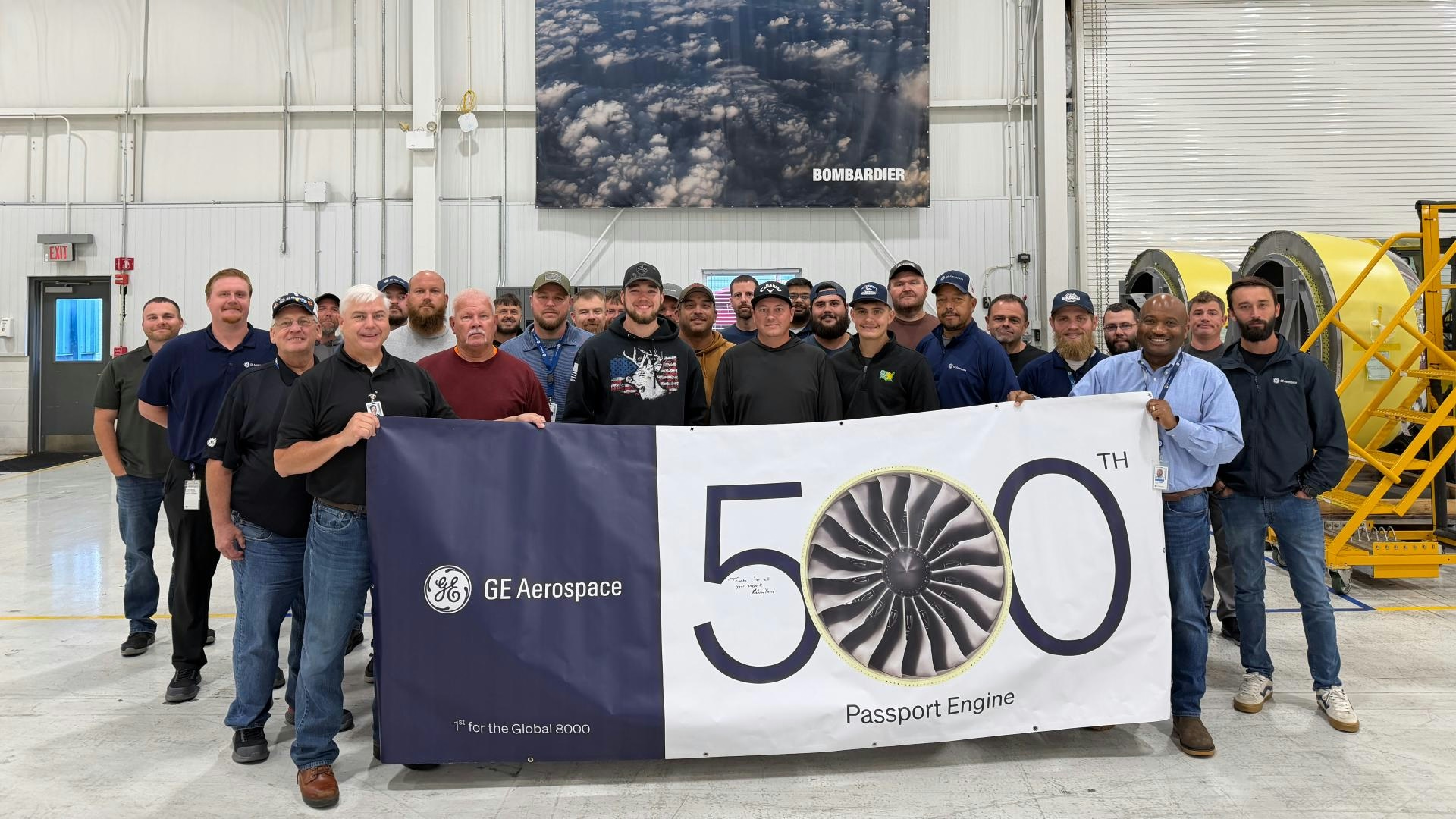
How GE Is Meeting Global Jet Engine Demand
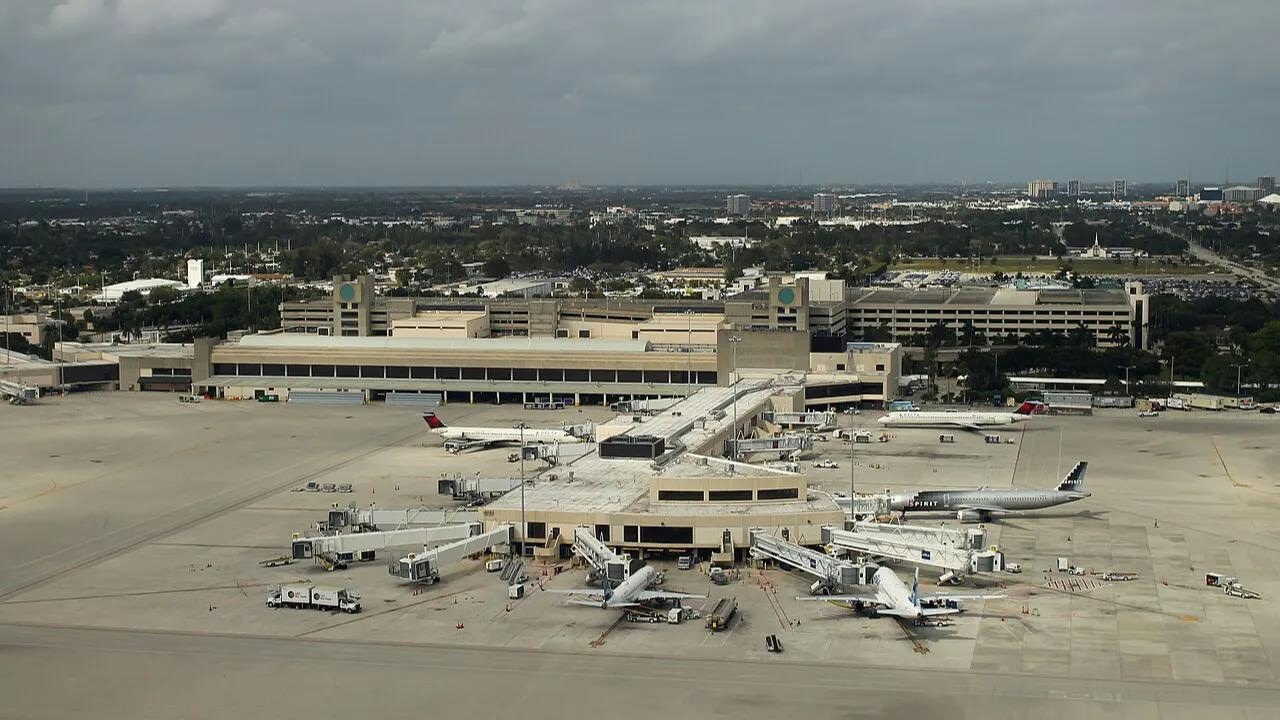
IATA Projects Airline Profits of $41 Billion in 2026
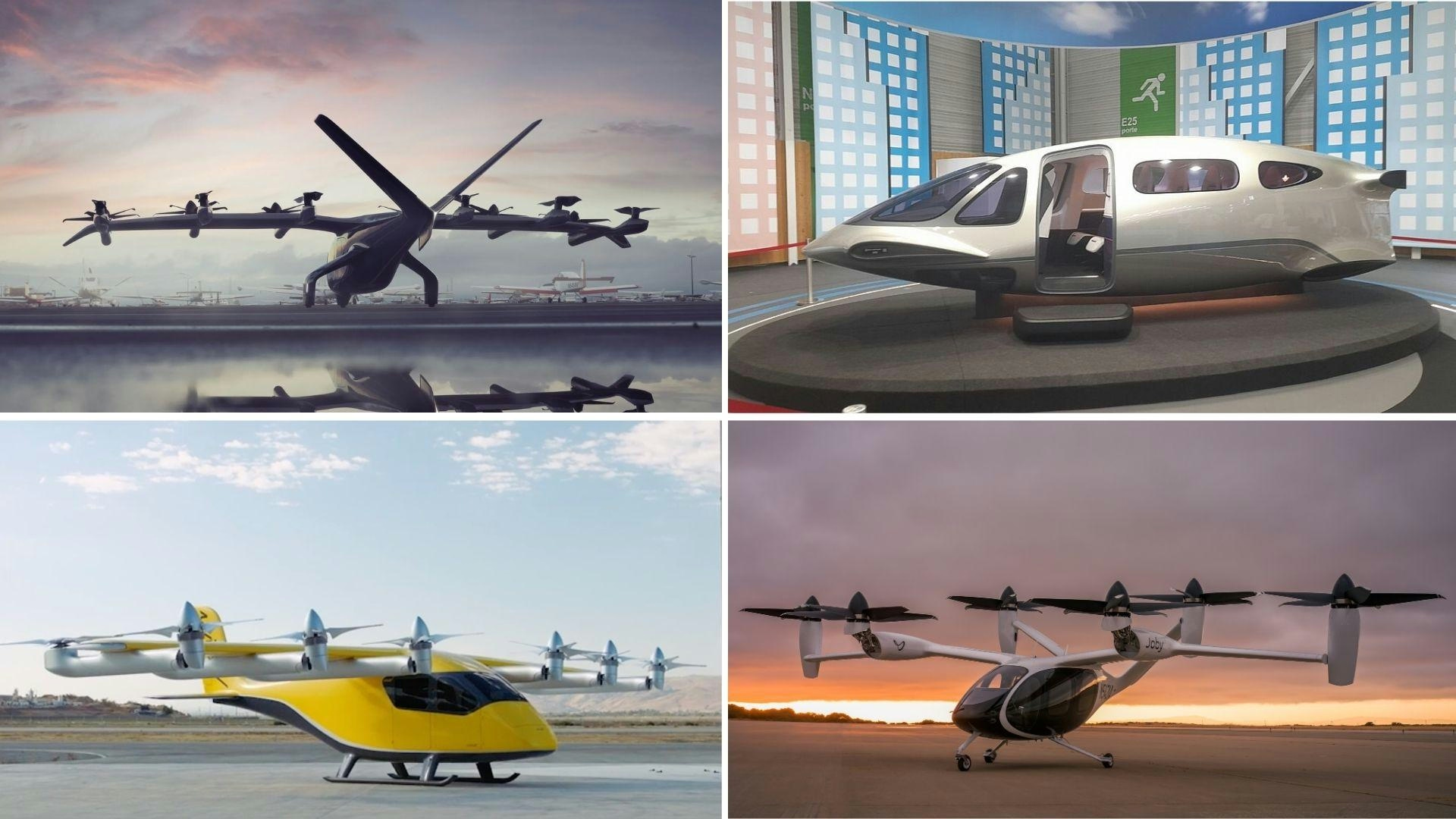
Five Air Taxis Poised to Shape Urban Mobility by 2026
